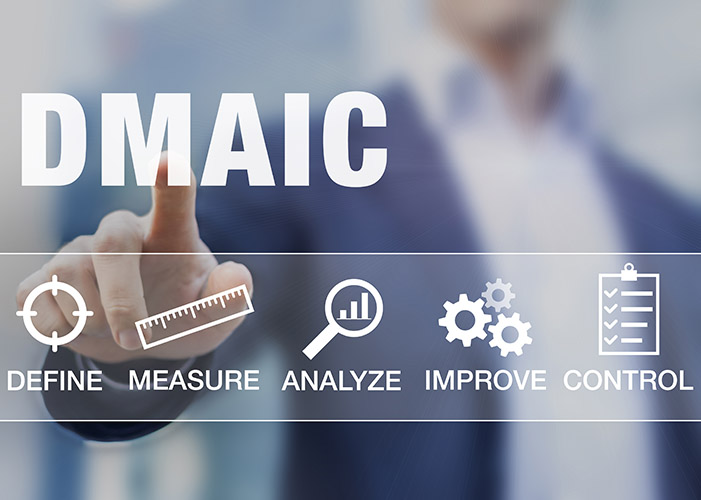What is Six Sigma?
Six sigma has become synonymous with successful industry winners. The six sigma way of success hinges on the training and statistical information that will give any company seeking measurable answers concerning their products and processes.
The methods that six sigma uses strives to reduce errors and particular product failures. The sought after goal is near perfect product failure elimination. It is a fact that products produced by machines can be 100% perfect, but the six sigma program is helping eliminate mistakes and inefficiencies and providing quality training, management techniques and infrastructures; some of these methods are aka black and green belts.
These sigma belts are involved in training, as well as product reviews, to decide how effective the product is in the market place and if it should be reviewed and revamped by the statistical information that has been gathered. The many aspects of product design, production, and market reaction will give a clear picture of management strategy to follow that was designed and developed by the Motorola Company. Statistical information, reading market values and the opinions of their customers is just a few of the things six sigma uses in its job to find improvements.

Improvements are necessary in any business as this increases profitability, production and, in the end, a product that is virtually flawless. Again, the whole idea behind six sigma is to reduce mistakes and increase productivity that is consistent with the idea of making money. Six sigma is widely used in various aspects of business and its importance is mainly expressed through achieving stable products and eliminating mistakes and or defects within a particular product.
There are many manufacturing strategies and because six sigma is fairly new, companies are slow to adopt the process as it can be difficult to implement, the staff needed to reconstruct a major product is excessive and costly, when sigma six is used in the correct way the end result is more productivity, less cost, and waste to the manufacturer and, a more quality product for the consumer. Lean Six sigma is easy to adopt and implement in any business through leaders, statistical information and a team of workers that strive to be perfect and put out a perfect product for consumer use.
What is a meaning of Six Sigma’s DMAIC Model?
The six sigma way, we will use and refer to a five-phase improvement cycle that has become increasingly common in six sigma organizations. Six sigma is based on DMAIC Model. Processes in Six Sigma are documented, communicated measured and refined on an ongoing basis. Boundary less collaboration, featuring cooperation, between internal groups and with customers, suppliers, and supply chain partners.
- D – Define
- M – Measure
- A – Analyze
- I – Improve
- C – Control

Define phase
- Identify the problem
- Define Requirement
- Define goal / change vision
- Set Goals
- Clarity scope & customer requirements
Measure phase
- Validate problem / process
- Measure performance to requirements
- Refine problem / goal
- Gather process efficiency data
- Measure key steps / input
Analysis phase
- Identify Best practices
- Develop Causal hypotheses
- Assess process design
- Validate hypothesis
- Identify vital few Root causes
- Refine requirements
Improve phase
- Develop Ideas to remove root cause
- Design new process
- Test solutions
- Implement new process structure, systems
- Standard solution measure results
Control phase
- Correct problem as need
- Establish standard measure to maintain performance
- Establish measure & receives to maintain performance
- Correct problem as needed
Six Essential Features of Six Sigma:
A genuine focus on the customer, backed by an attitude that puts the customers’ need first, as well as by systems and strategies that serve to tie in the business to the “Voice of the Customer”.
Data and fact driven management, with effective measurement systems that track both results and outcomes (Ys) and Process, input, and other predictive factors (Xs).
Process focus, management, and improvements, as an engine for growth and success. Processes in Six Sigma certification course are documented, communicated measured and refined on an ongoing basis.
Proactive Management, involving habits and practices that anticipate problems and changes, apply facts and data, and question assumptions about goals and “how we do things”.
Boundary less collaboration, featuring cooperation, between internal groups and with customers, suppliers, and supply chain partners.
A drive for perfection and yet a tolerance for failure that gives people in a Six sigma organization the freedom to test new approaches even while managing risks and learning from mistakes, thereby “raising the bar” of performance and customer satisfaction.




